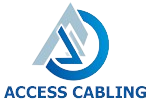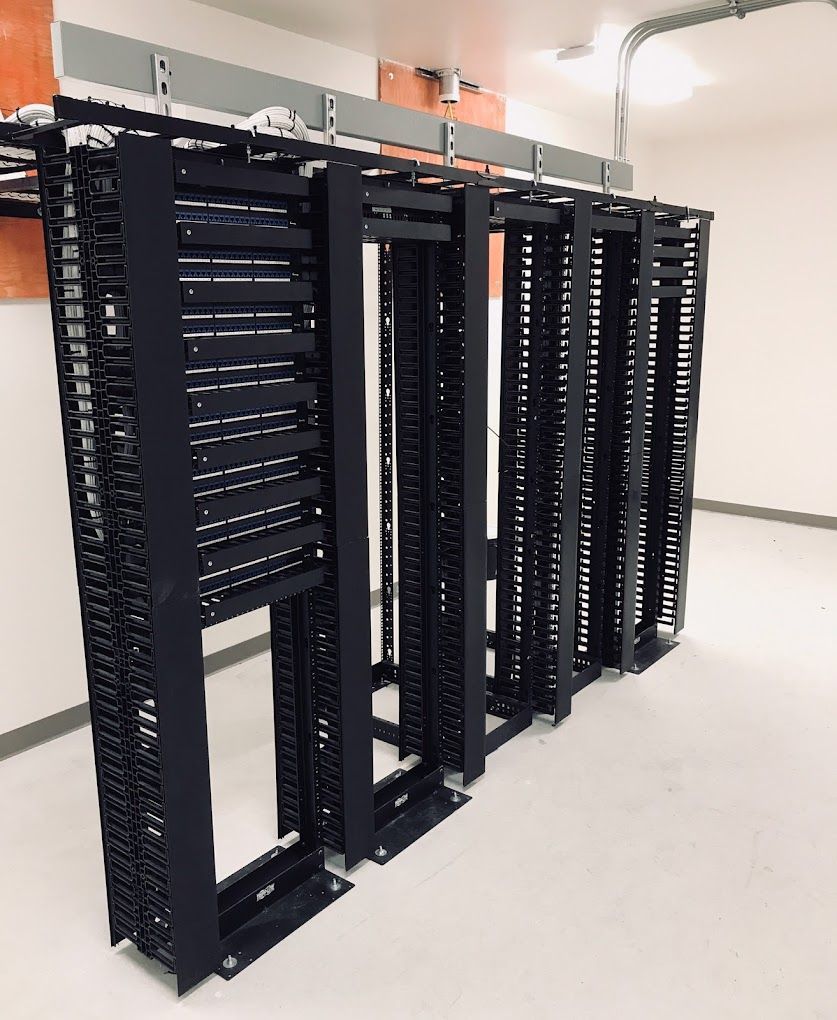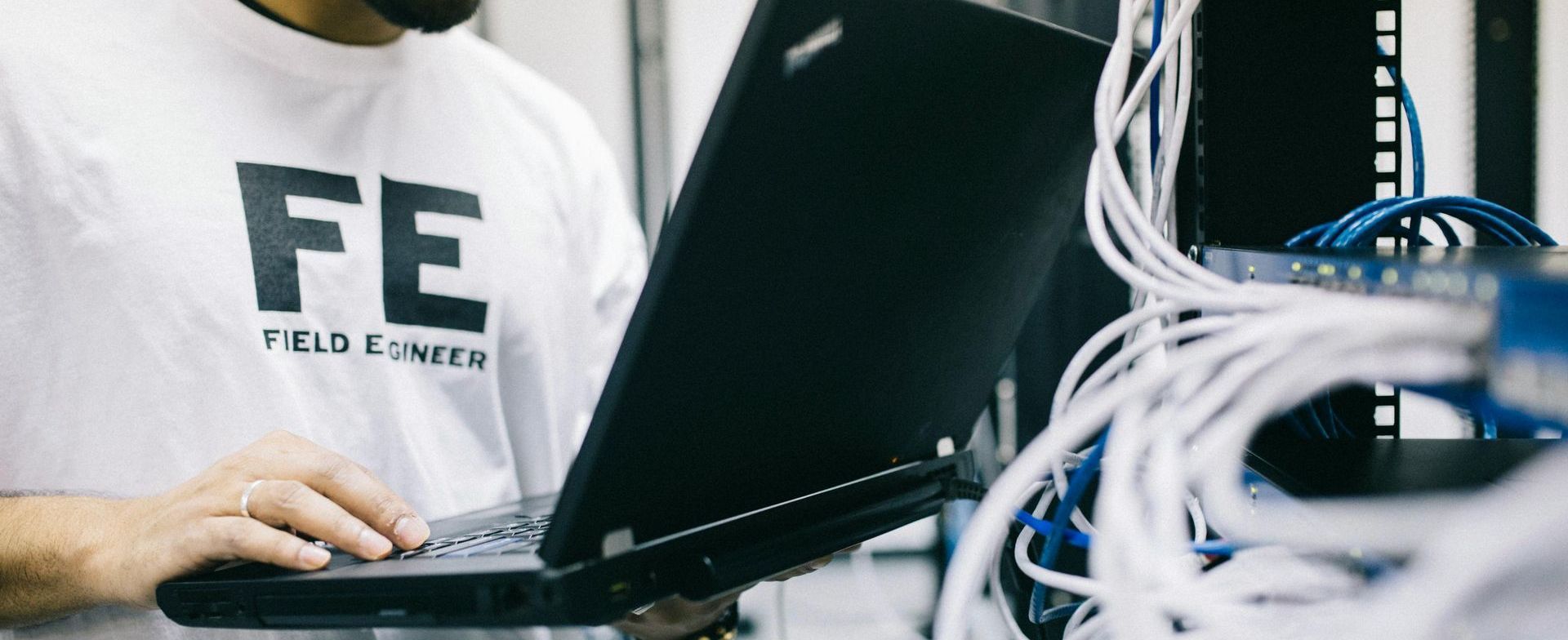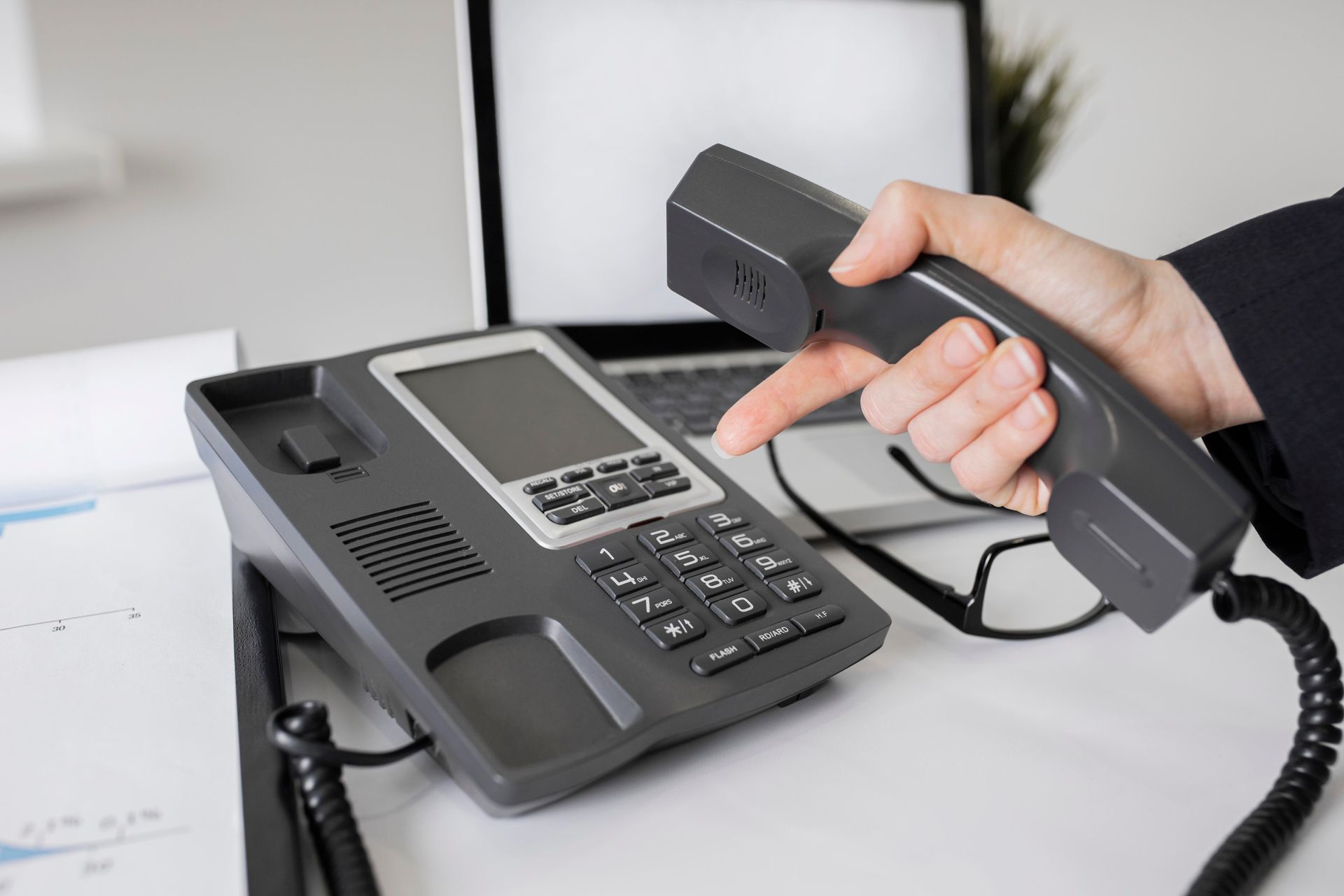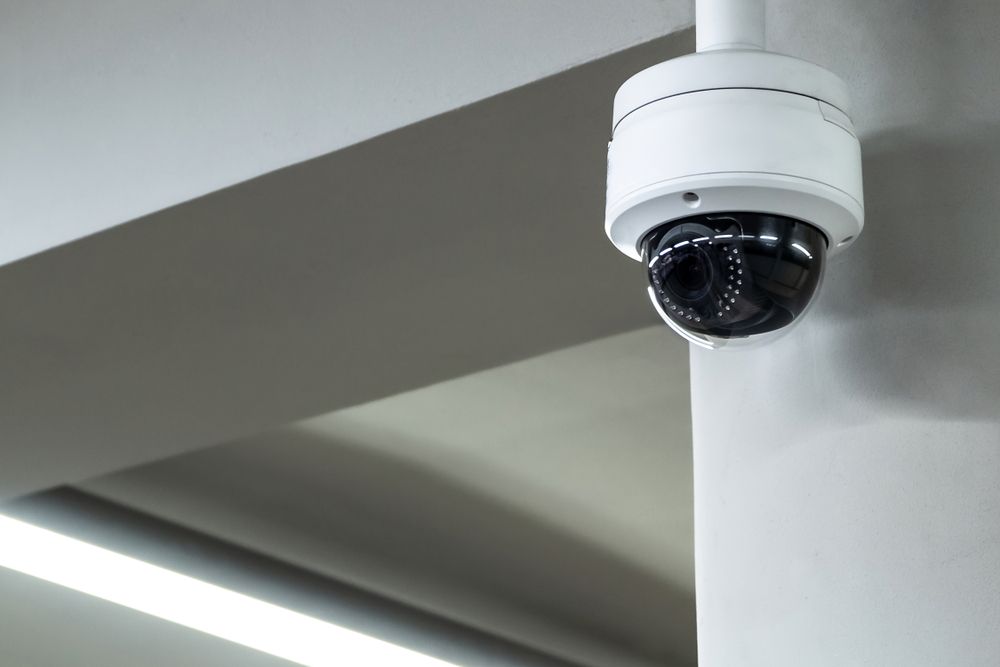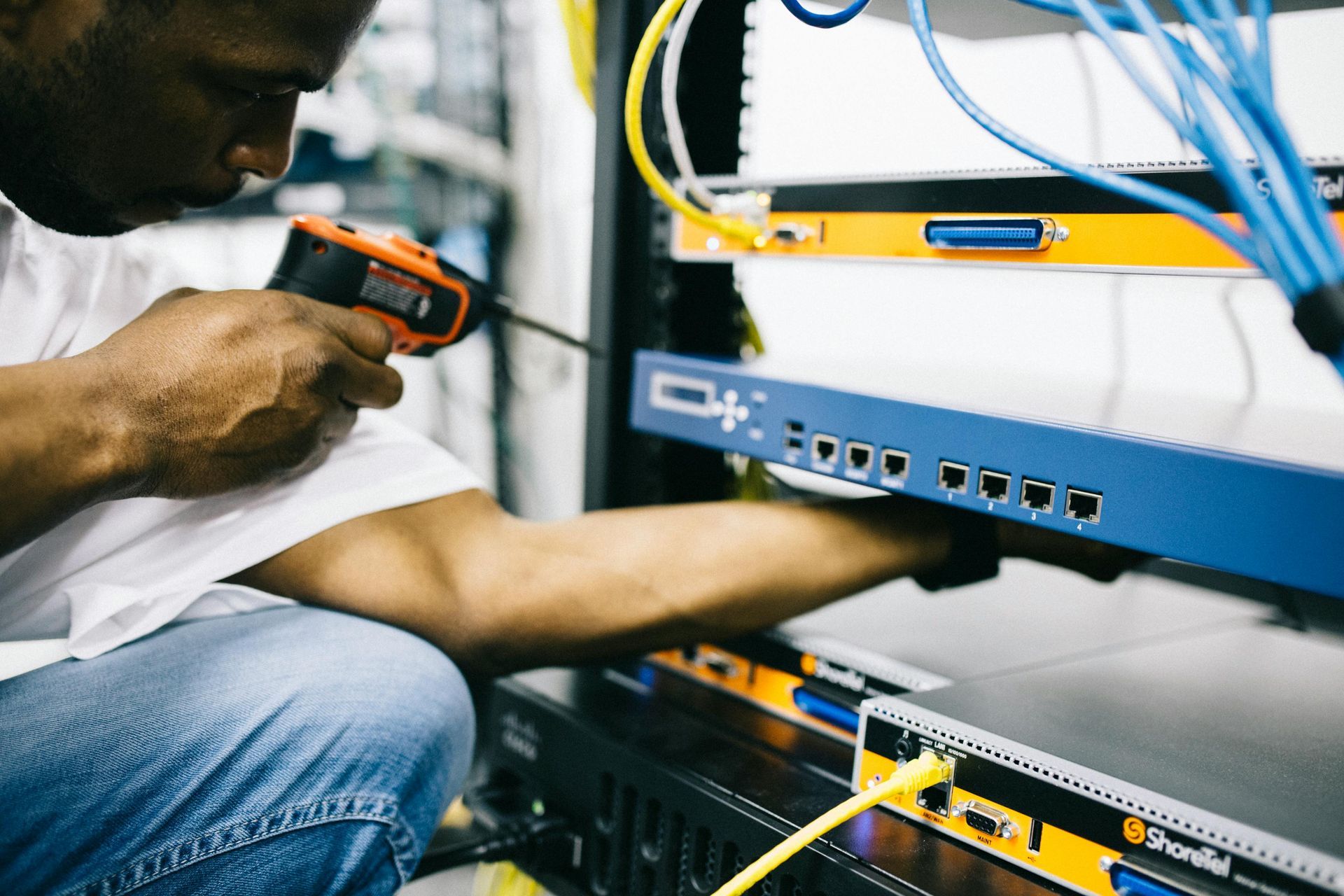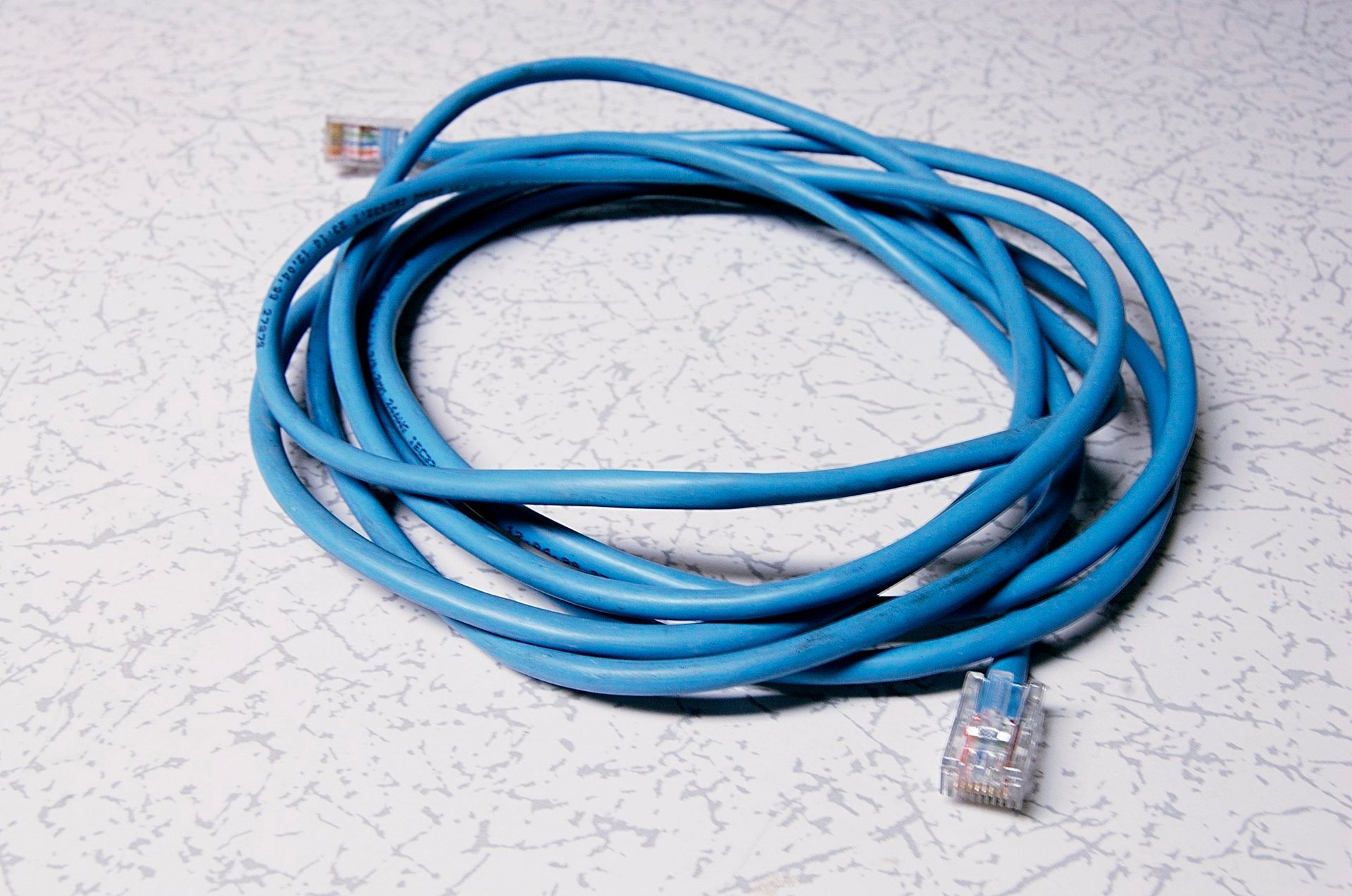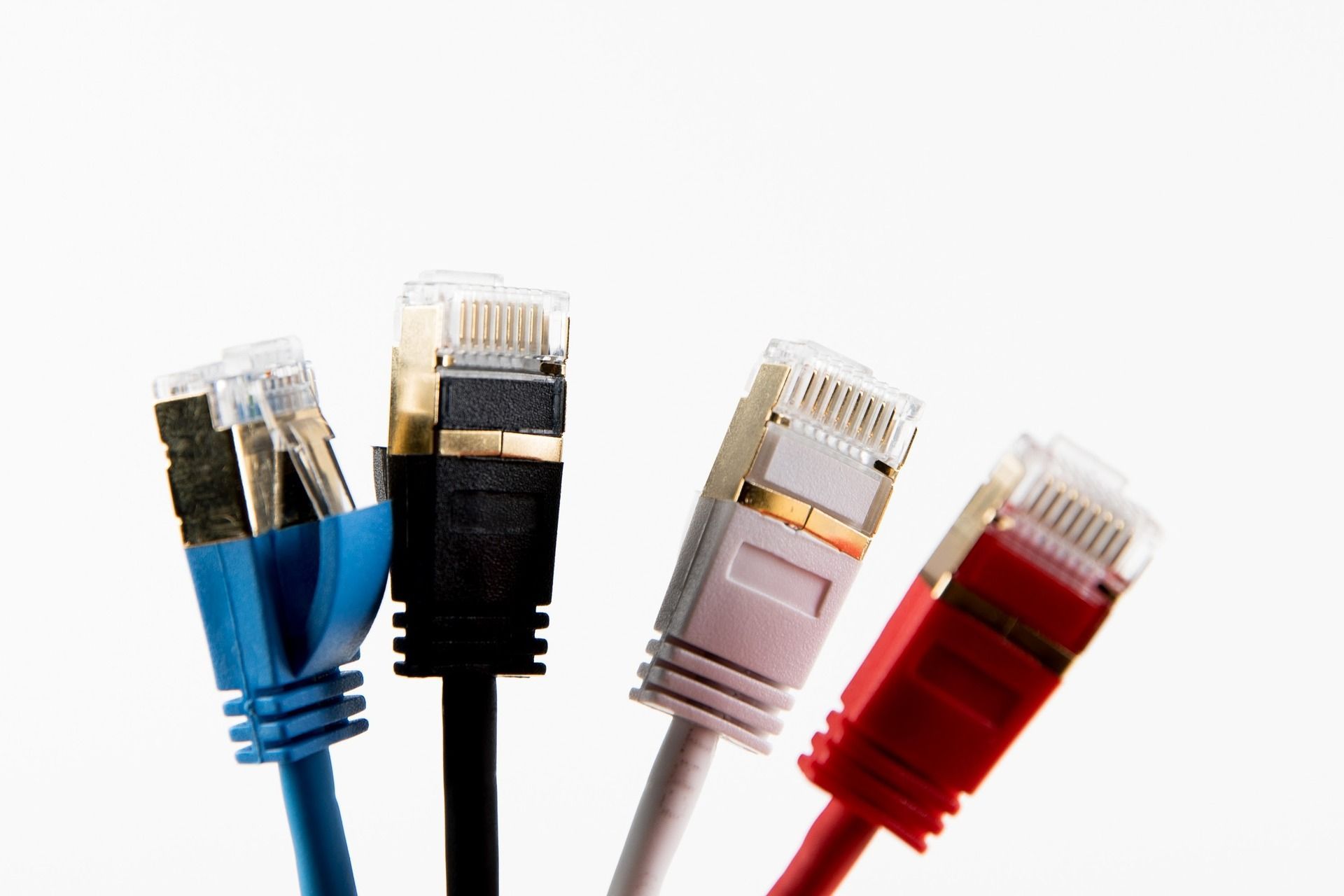Poor Cable Management: Understanding the Impact and How to Avoid It
Poor Cable Management: Understanding the Impact and How to Avoid It
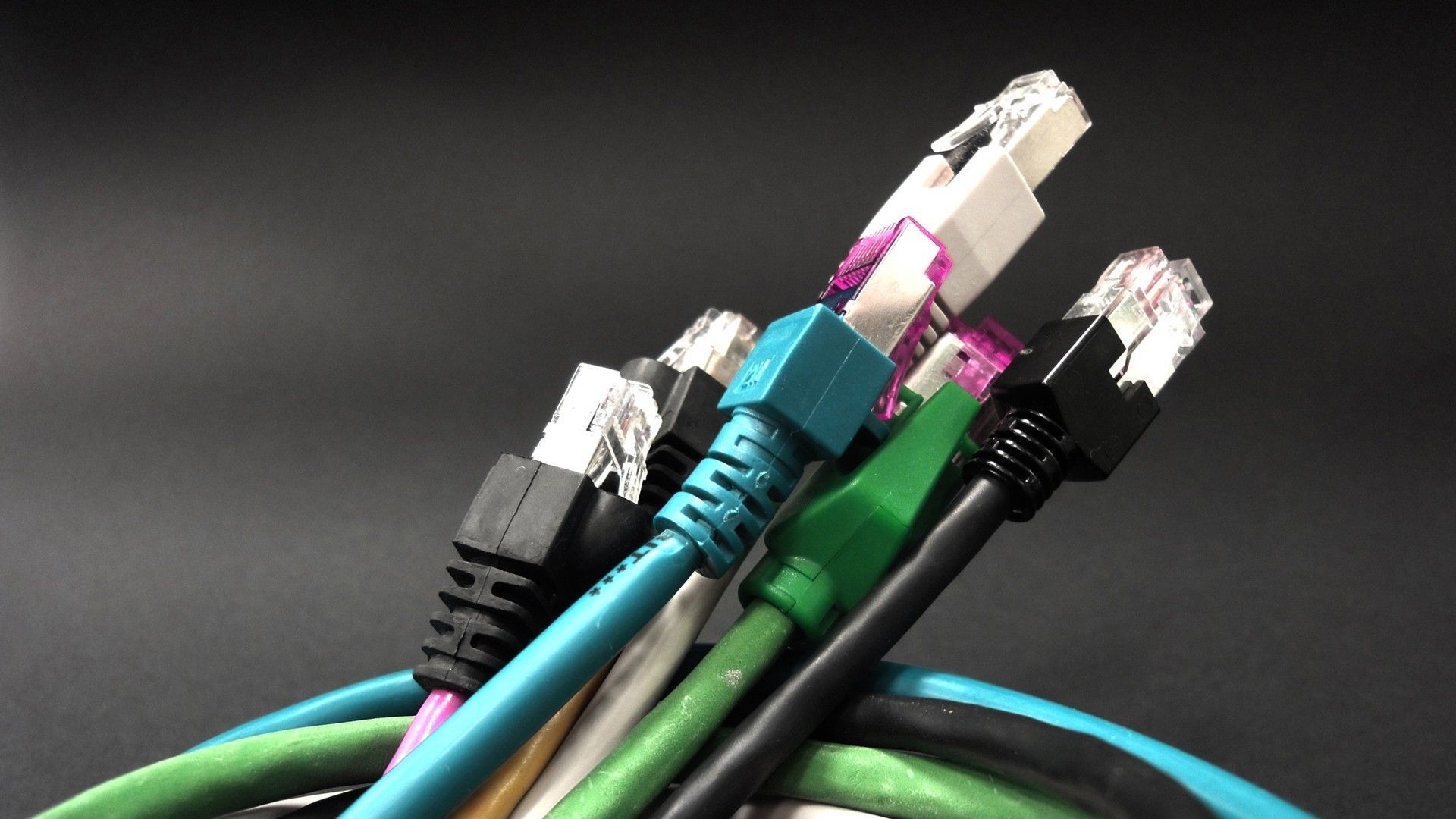
In the world of information technology and office setups, cable management is often an overlooked aspect of creating an efficient and safe work environment. However, poor cable management can lead to a variety of issues that affect not only the aesthetics of a workspace but also its functionality and safety.
The Consequences of Neglected Cable Management
Increased Risk of Downtime:
Poorly managed cables can easily become tangled, leading to damaged wires or unplugged connections. This can result in unexpected downtime due to disconnections or hardware failures, which can be costly in terms of both time and resources.
Safety Hazards:
Cables that are not neatly organized and secured can create significant safety hazards, especially in high-traffic areas. Tripping over loose cables is a common office accident that can be easily avoided with proper cable management. Additionally, tangled cables increase the risk of electrical fires due to overheating or short circuits.
Reduced Performance:
When cables are not organized, it can lead to signal interference and crosstalk between wires, significantly reducing the performance of your network. Data transfers may become slower, and the overall efficiency of the network can be compromised.
Maintenance Challenges:
Maintenance becomes more difficult when cables are disorganized. Identifying and resolving issues can take much longer, which adds to the total cost of repairs and maintenance. Well-managed cables allow for easier access and quicker identification of faulty wires or connections.
Tips for Effective Cable Management
Plan Your Layout:
Before adding new equipment or cables, plan the layout carefully. Consider how devices connect and the most efficient path for each cable. Use cable organizers and conduits to route cables neatly and safely.
Label Everything:
Labeling cables at both ends can save countless hours during maintenance and troubleshooting. Labels help quickly identify which cables connect to which devices, making adjustments and replacements easier.
Regular Maintenance:
Schedule regular checks to ensure all cables are in good condition and securely fastened. This will help catch any potential issues before they lead to system failures.
Invest in Quality Supplies:
Use high-quality cable management accessories like sleeves, ties, clips, and racks. These can help ensure that cables are tightly secured and neatly arranged.
Conclusion
Investing time and resources in good cable management practices is essential for maintaining an organized, safe, and efficient workspace. It not only enhances the longevity of your equipment but also significantly reduces the risk of accidents and downtime. Start by assessing your current cable setup and make adjustments where necessary. The effort you put into managing your cables effectively can have a profound impact on your organization’s operational efficiency.
